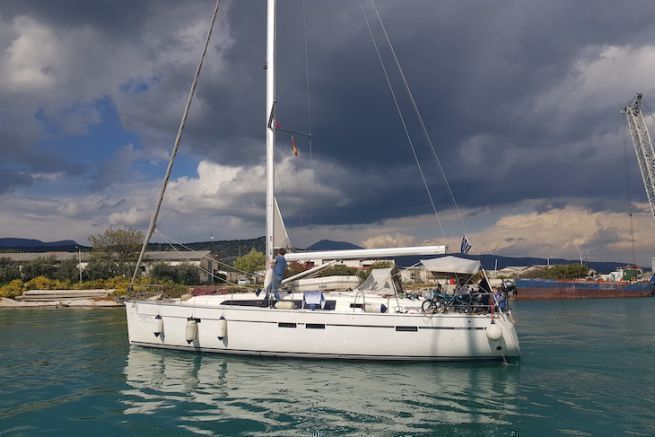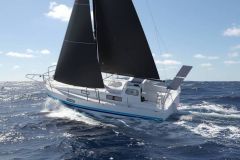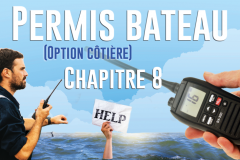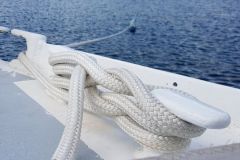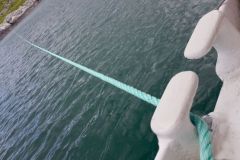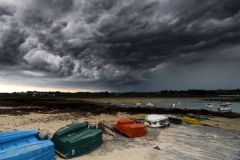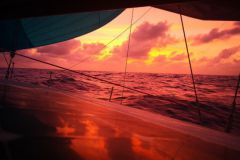600 experienced blue water cruisers responded to a survey conducted by Sail The Word, an association that offers various services (cartography, forums, newseuros) in the field of blue water cruising. This survey, whose theme was the adaptation of the equipment of ocean cruising yachts to real needs, allowed to sort out what is necessary to have on board and what can be done without.
Which boat and which program?
80 %, the monohull prevails over the catamaran in the choice of a blue water cruiser, with a size mostly between 10 and 17 m. For catamarans, the length is more important, between 12 and 17 m.
The second-hand market is the most represented, with almost equal numbers of boats built between 1975 and 1990 (25%) and between 2000 and 2010 (25%); boats ranging in age from almost 50 years for the oldest to 12 years for the most recent.
In the program of the long-distance sailors, the circumnavigation of the Atlantic wins with 45%. The circumnavigation of the world and the Mediterranean are almost equally popular with 28 and 27% of the panel respectively.
Finally, the majority of long-distance travelers (61%) prefer to spend at least three years at sea.
For the preparation of the boat, travelers advise to do it in advance, at least one year before, if not two, in order not to be in a rush at the time of departure. Getting involved in the preparation also means developing technical skills. Thus, 62% of the panel favored a collaboration with professionals in the nautical industry, while others preferred to get their hands dirty and practice DIY (Do It Yourself), at 24%.
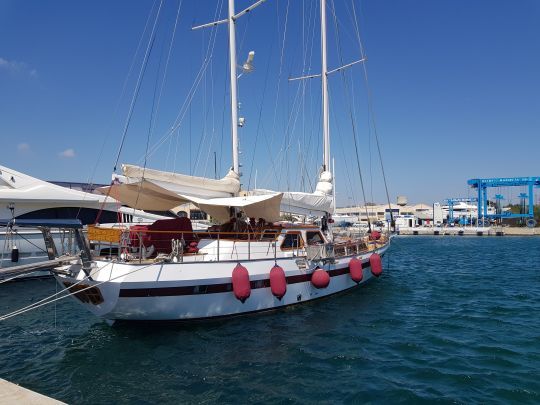
On-board electronics, what are the essentials?
Out of a list of 17 pieces of equipment, only 12 were voted for by this panel of frequent travelers, including the two main ones: the basic GPS and the navigation system (log, speedo, depth sounder, wind), which are indispensable. The windvane steering system narrowly closes the list, while the fixed navigation PC or the sextant were not included. Here is the complete list of indispensable for long distance cruising :
- Basic GPS
- Navigation system (log, speedo, sounder, wind)
- AIS receiver
- Basic autopilot (e.g. on a wheel belt)
- Advanced autopilot
- Multi-function GPS plotter
- Portable navigation PC (home)
- Multimedia tablet (Ipad type)
- Navigation software (type Maxsea, Adrena)
- Radar
- Secondary autopilot, backup
- Pace regulator
To disembark :
- Fixed navigation PC (marinized) for dedicated use
- Radar Echo Amplifier
- Sextant
- Secondary multifunction GPS plotter
- Advanced sounder with imaging
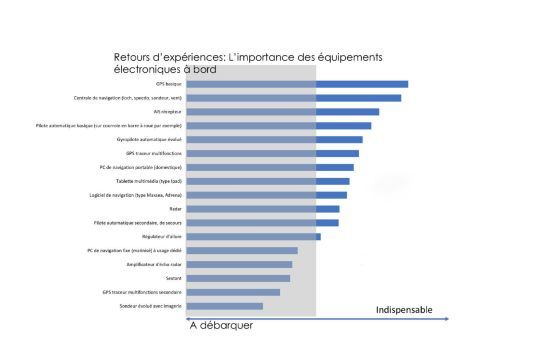
Navigators' Opinion: "In electronics, there is no point in multiplying displays. You won't spend your life at sea with your nose glued to a screen. On the other hand, focus on the quality and reliability of the products. A good inboard pilot is important for the crew's rest. Don't forget the windvane gear, which can be an excellent helmsman without consuming energy."
Among the rest of the 14 electronic equipments proposed, only 5 are favored by the respondents: EPIRB beacon, AIS transponder and individual MOB AIS beacon for safety, a low speed satellite modem (iridium GO type) for communication or a car radio and marinized speakers for comfort The tracking beacon is to be disembarked on the wire, so it's up to you to see what you think is the most secure.
The majority of long-distance boaters choose equipment that is essential for safety and easy to use.
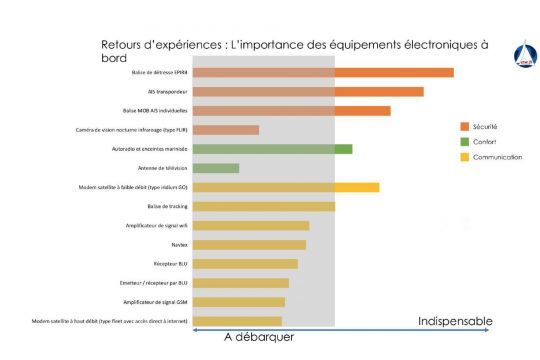
The complete list of equipment
Security
- EPIRB distress beacon
- AIS transponder
- Individual MOB AIS beacon
- Infrared night vision camera (FLIR type) - to be unloaded
Comfort
Communication
- Low speed satellite modem (irridium GO type) (the only one to keep)
- Tracking tag
- Wifi signal amplifier
- Navtex
- BL receiver
- Transmitter/receiver via SSB
- GSM Signal Booster
- Satellite broadband modem (fleet type with direct Internet access)
Stand-alone operation or interdependent equipment?
almost 60% of long-distance sailors choose equipment that operates autonomously and is only interfaced as needed by a data exchange protocol (NMEA 0183 type). 42% prefer a set of interdependent equipment of the same brand (Pilot, VHS radar, AIS, central station, connected on the same bus network (NMEA 2000 type)).
Navigators' Opinion: "Experienced sailors are afraid to put all their equipment on a single backbone (network), where the failure of one of the components can generate global failures that are less easy to diagnose. Dividing the equipment allows for better isolation of problems and better autonomy of intervention by the skipper. It is also important not to overload a NMEA 2000 network with too many devices that could alter the transmission of essential information, especially for autopilot."
What equipment to produce energy in Bordeuros?
On a list of 9 pieces of equipment designed to produce energy on board, 4 are the most popular, including 3 "sustainable" ones. The solar panel is considered almost indispensable, followed by the high-power engine alternator (to recharge the batteries with the diesel engine) and to a lesser extent by the wind turbine and the hydro-generator. Mostly ecological means to produce energy. Generators, whether they run on diesel or are portable, are to be landed.
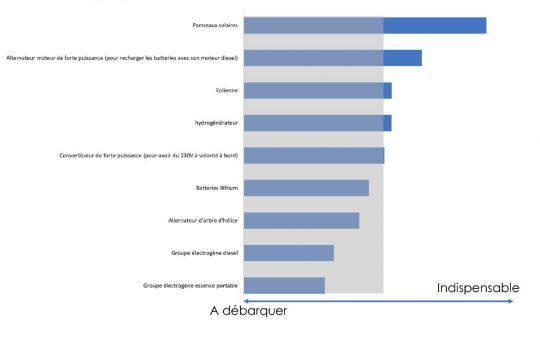
To disembark
- High power converter (to have 230V on board at will)
- Lithium batteries
- Propeller shaft alternator
- Diesel Generator Set
- Portable gasoline generator
The comfort on board, where to place the curseureuros?
The list of comfort equipment on board a boat can be very long. Once again, on a long cruise, it is important to know what is considered essential and what you will not need. This is especially true for food and water.
Of the 16 pieces of equipment offered to STW sailors, only 6 attract the attention of frequent travelers, with the refrigerator and the thermal dinghy engine almost equally represented. Then come different types of pumps, all of which have more or less the same number of memberships: foot operated seawater pump, electric freshwater pump and foot operated freshwater pump. The ecological antifouling closes this list.
The case of the electric dinghy engine and the electric sea water pump generate some interest, but at the limit to be retained in the list of essentials. The equipment that receives the least attention from boaters is without a doubt the air conditioning.
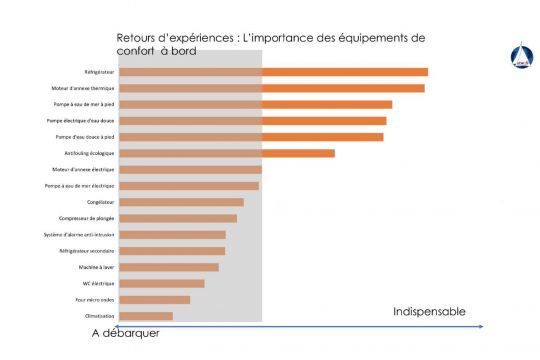
Navigators' Opinion: You have to be aware that every piece of non-essential equipment brings with it a need for maintenance and renewal that you might have avoided. Comfort is having the essentials that you can manage yourself."
To disembark

 /
/ 